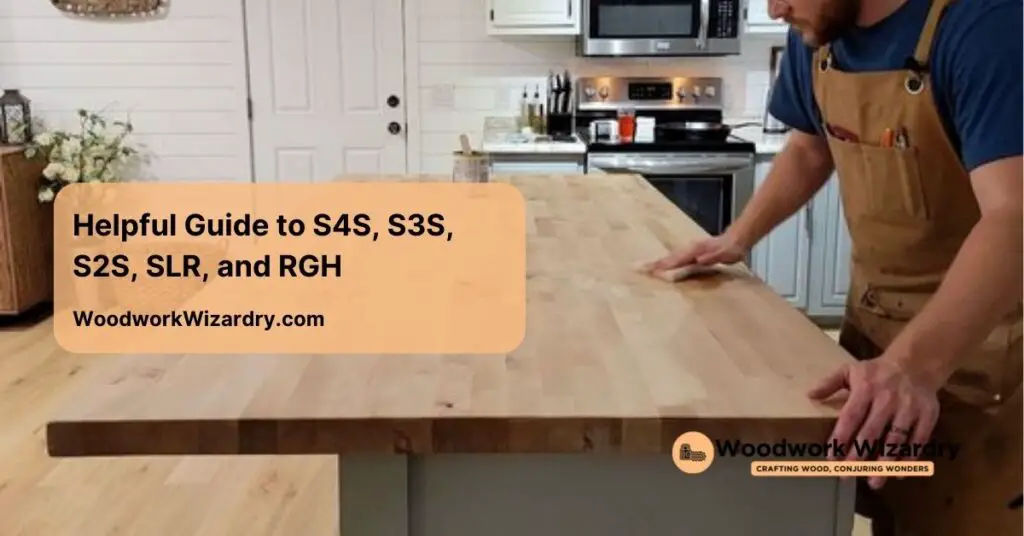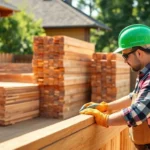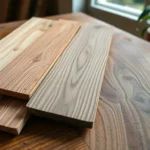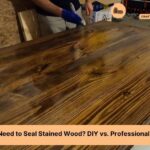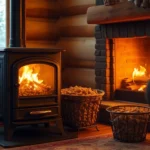Handling the industry of S4S, S3S, S2S, SLR, and RGH can feel overwhelming, but it doesn’t have to be. Whether you’re a beginner or looking to refine your understanding, unlocking the potential of these terms can open doors to smarter choices and better results. Imagine having a clear, concise guide that simplifies it all—sounds like a game-changer, right?
Overview Of S4s, S3s, S2s, Slr, And Rgh
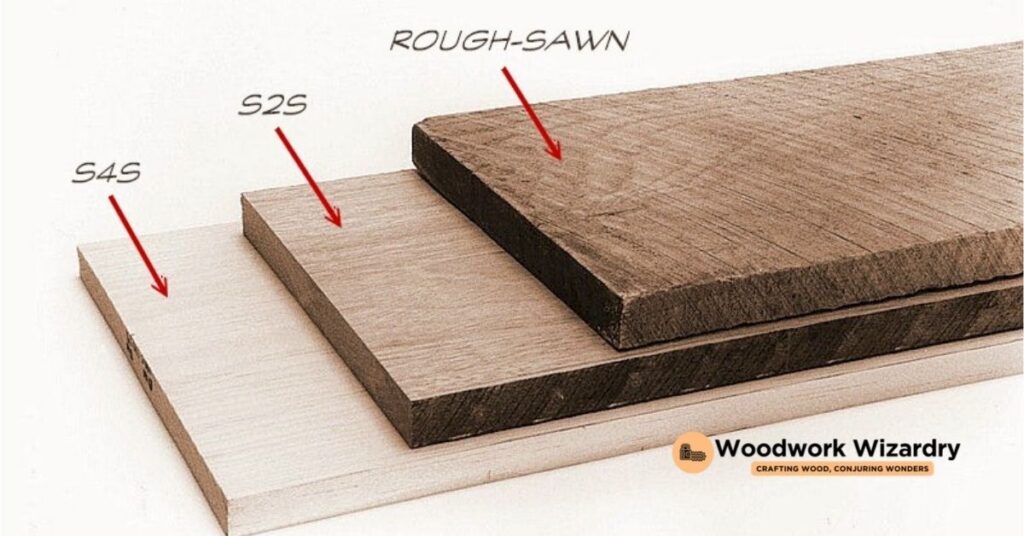
S4S refers to “Surface 4 Sides,” a lumber product with all four sides smoothly planed. It’s commonly used for furniture, cabinetry, and other applications requiring precise dimensions and smooth surfaces.
S3S, or “Surfaced 3 Sides,” has three sides smoothly planed while the fourth side remains rough. This product is useful for projects needing a balance between finished surfaces and flexibility for custom shaping.
S2S means “Surfaced 2 Sides.” Two sides are planed, leaving the other two rough. You’ll often find this in applications where only primary surfaces are visible or where further processing is required.
SLR, standing for “Straight Line Rip,” refers to lumber with one edge precisely cut straight. This ensures boards align correctly, making it ideal for joinery and panel preparation.
RGH or “Rough” indicates untreated, rough-sawn lumber. Its rustic appearance fits aesthetic projects but requires further processing for smoother finishes.
Understanding The Core Concepts
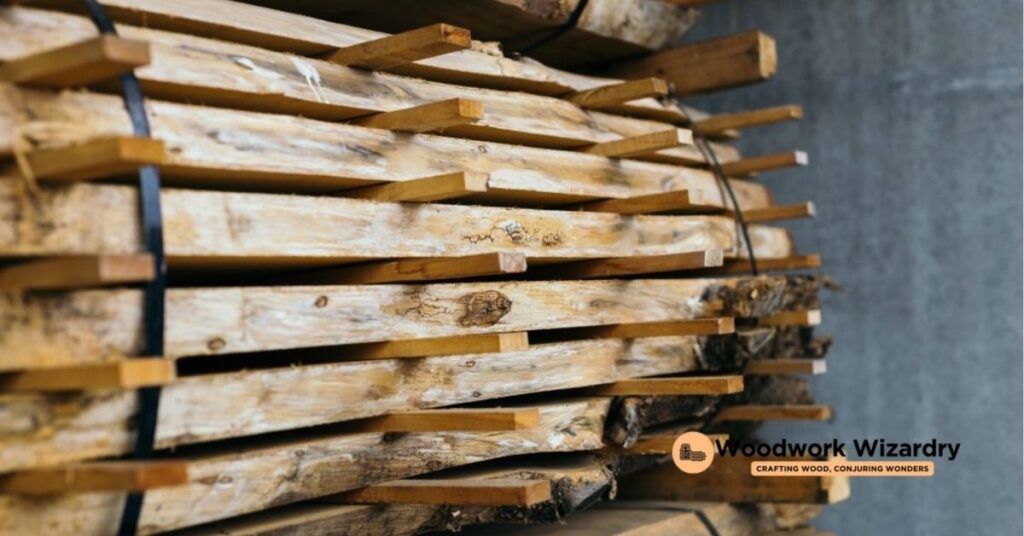
Grasping the core concepts of S4S, S3S, S2S, SLR, and RGH helps you effectively manage woodworking and lumber selection. Each term represents a exact lumber finish or condition customized for diverse purposes.
What Is S4S?
S4S refers to “Surfaced 4 Sides.” All four sides of the lumber are planed smoothly. You’ll often find this finish in cabinetry and furniture-making where a polished appearance is key. The uniformity of S4S eliminates the need for additional surface preparation.
What Is S3S?
S3S stands for “Surfaced 3 Sides.” In this case, three surfaces are smoothed, leaving one rough side. It provides a mix of finished surfaces and flexibility for custom shaping. This balance makes S3S practical for projects that involve minor modifications to a single side.
What Is S2S?
S2S, or “Surfaced 2 Sides,” identifies lumber with two planed sides, while the remaining two sides remain rough. This type of lumber is best for applications where only the primary surfaces, such as visible faces, need to appear smooth. It’s a cost-effective option when further customization isn’t necessary.
What Is SLR?
SLR, meaning “Straight Line Rip,” refers to lumber with one edge that’s been precisely straightened. This straight-cut edge is essential for tasks involving joinery or panel preparation where accurate alignment matters.
What Is RGH?
RGH, or “Rough,” describes lumber left in its untreated, rough-sawn state. It showcases an unrefined surface that requires further processing to achieve smoothness. RGH lumber is preferred for rustic designs or when you plan to custom shape and finish the material independently.
Comparing Features And Uses
Understanding the features and applications of S4S, S3S, S2S, SLR, and RGH ensures you select the right material for your woodworking needs. Each offers unique benefits depending on your project requirements.
Key Differences Between S4S, S3S, And S2S
S4S boards are planed on all four sides, providing a smooth, uniform finish ideal for ready-to-use applications like furniture and cabinetry. These boards save you time on finishing since all sides are already calibrated and smooth.
S3S materials have three planed surfaces, while the fourth remains rough for custom shaping. This makes S3S suitable for scenarios where you require both finished appearances and flexibility, such as specialized interior work or detailed woodworking.
S2S products come with two planed surfaces, leaving the edges rough. Their versatility makes them particularly useful in projects where only the top and bottom surfaces are visible, like shelving or panels.
SLR Vs RGH: Which One To Choose?
SLR boards feature one straight-cut edge, reducing preparation time in joinery and panel work. You benefit from higher precision when combining multiple boards due to the accurate straight-cut edge.
RGH lumber, on the other hand, remains untreated with a rough-sawn texture. It’s preferred for projects requiring important customization or a rustic, raw appearance, such as decorative beams or unique furniture designs.
If accuracy and finish are critical, SLR boards offer more convenience. RGH materials suit creative flexibility and rough aesthetic applications better.
Practical Applications And Benefits
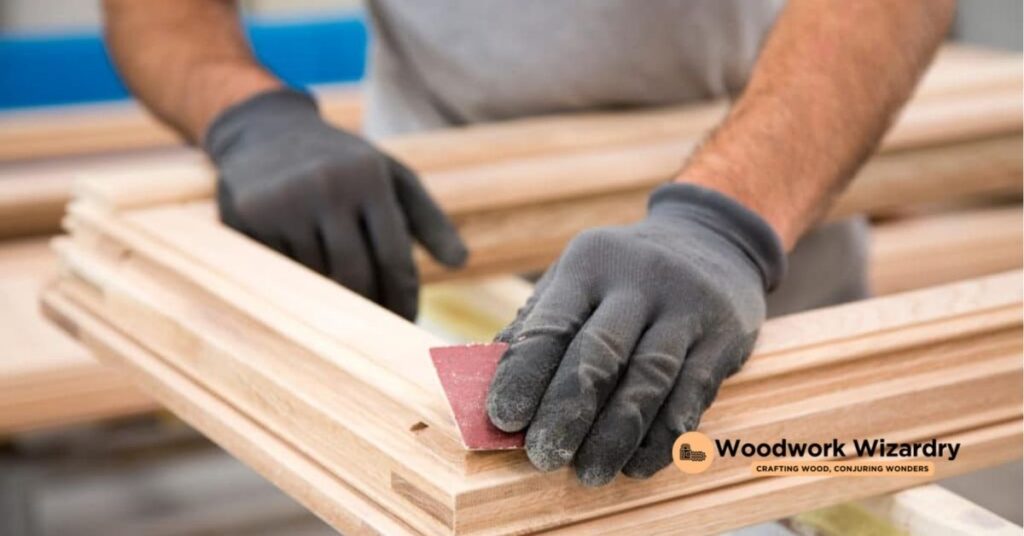
S4S, S3S, S2S, SLR, and RGH lumber types offer exact advantages that cater to diverse woodworking and construction needs. These materials streamline processes, enhance precision, and provide adaptability across various industries.
Industry Exact Use Cases
In furniture manufacturing, S4S boards significantly reduce preparation time by offering smooth, ready-to-use surfaces. S3S lumber finds use in cabinetry projects, balancing a polished finish with flexibility for custom adjustments. For building framing, S2S offers adequate visibility with its planed top and bottom surfaces, simplifying installation.
SLR materials serve joinery and panel applications, where accuracy and straight-edge alignment are critical. RGH lumber delivers rustic aesthetics for designs emphasizing raw, natural appearances, commonly featured in decor-focused industries or custom woodwork.
Real Industry Examples
When constructing a dining table, S4S planks function seamlessly for creating smooth, ready-finished top surfaces. S3S supports projects like bookshelves, allowing a balance of polished edges while leaving one side customizable. Decking installations may benefit from S2S boards, ensuring visible surfaces meet aesthetic and functional demands.
SLR excels in assembling furniture with precise joinery, such as chairs or cabinets requiring clean edge connections. RGH is ideal for rustic headboards and beams in farmhouse-style architecture, emphasizing a rugged, untreated charm.
Tips For Choosing The Right Option
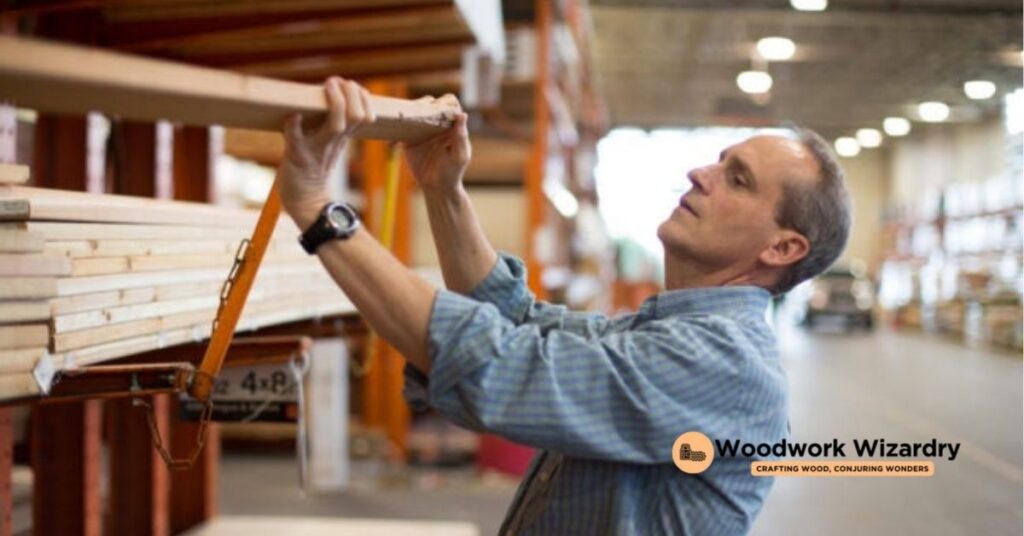
Evaluate your project’s requirements before selecting lumber. For furniture with a smooth finish, S4S is the most practical choice. It offers versatility and reduces preparation time significantly.
Consider S3S lumber if your design needs a blend of precision and custom shaping. Its three planed sides provide structure while leaving room for flexibility in the final shaping process.
Select S2S boards for applications where only primary surfaces will be exposed. This option streamlines framing or similar construction tasks, saving effort while maintaining quality.
Opt for SLR lumber to achieve accurate alignment in joinery tasks. With its straight-cut edge, it eliminates irregularities, ensuring components fit seamlessly together.
Choose RGH lumber when aiming for rustic aesthetics or maximizing customization. Its rough-sawn texture suits decor projects but requires additional processing for a smooth finish.
Understanding the purpose and unique features of each type ensures you make informed decisions, optimizing both resource use and project outcomes.
Conclusion
Handling the industry of S4S, S3S, S2S, SLR, and RGH lumber becomes much simpler when you understand their unique features and applications. Each type serves a exact purpose, offering versatility and precision for various woodworking and construction projects.
By aligning your project needs with the right lumber type, you can save time, enhance efficiency, and achieve professional results. Whether you’re after smooth finishes, custom shaping, or a rustic aesthetic, these options empower you to make smarter choices and bring your vision to life.

